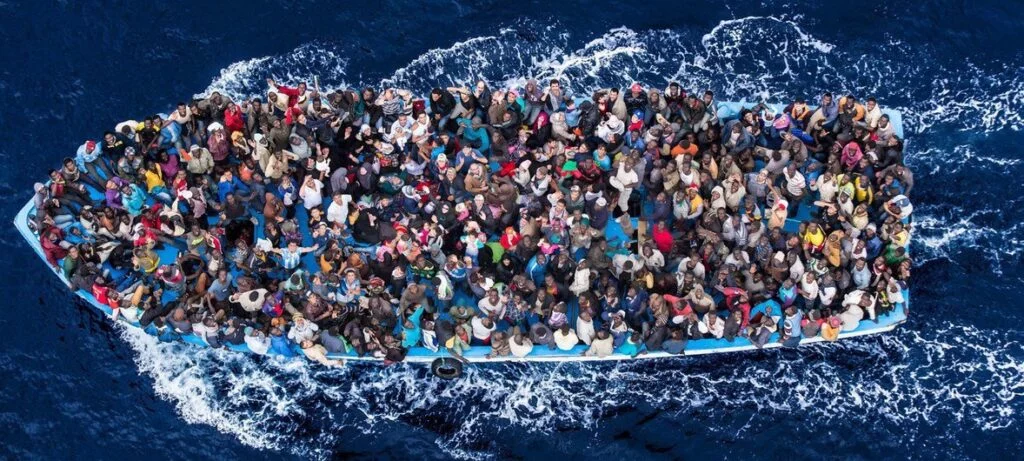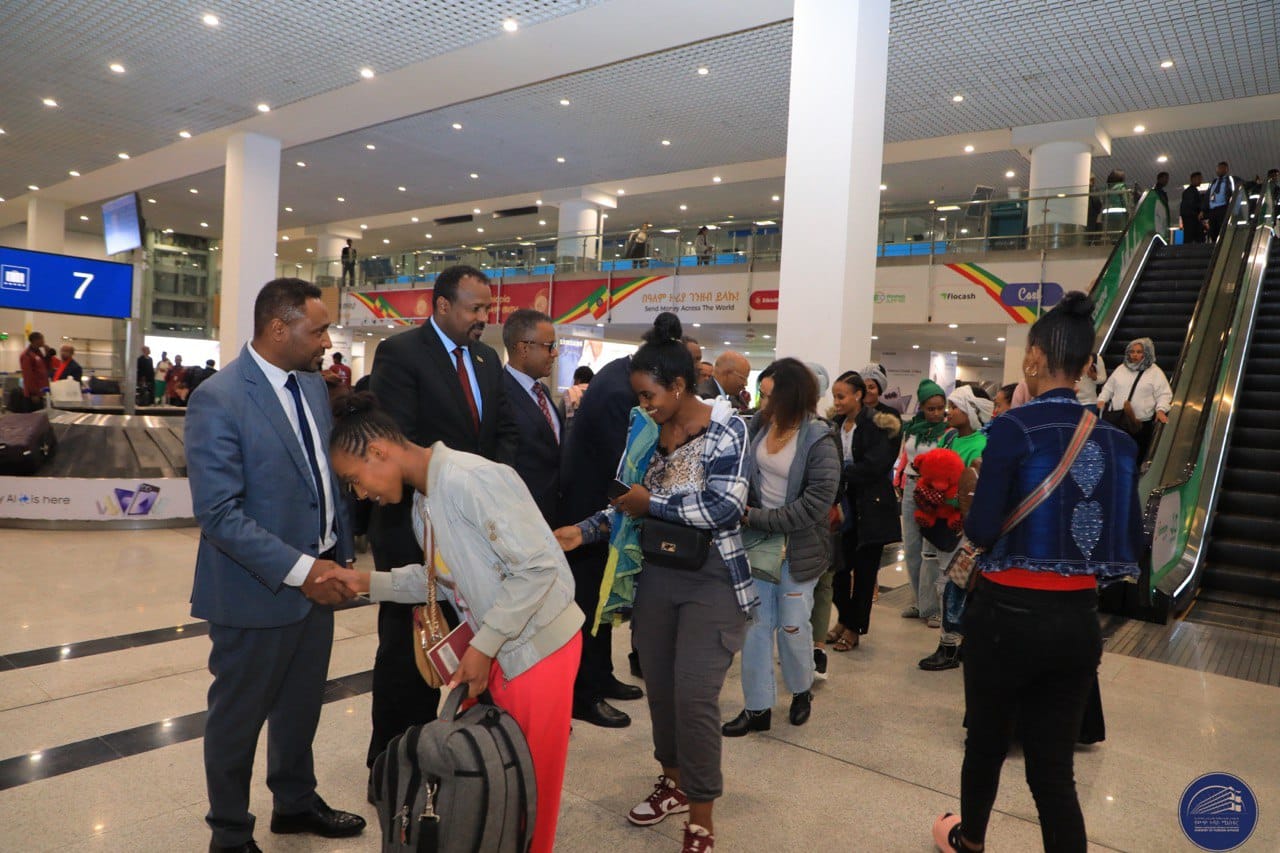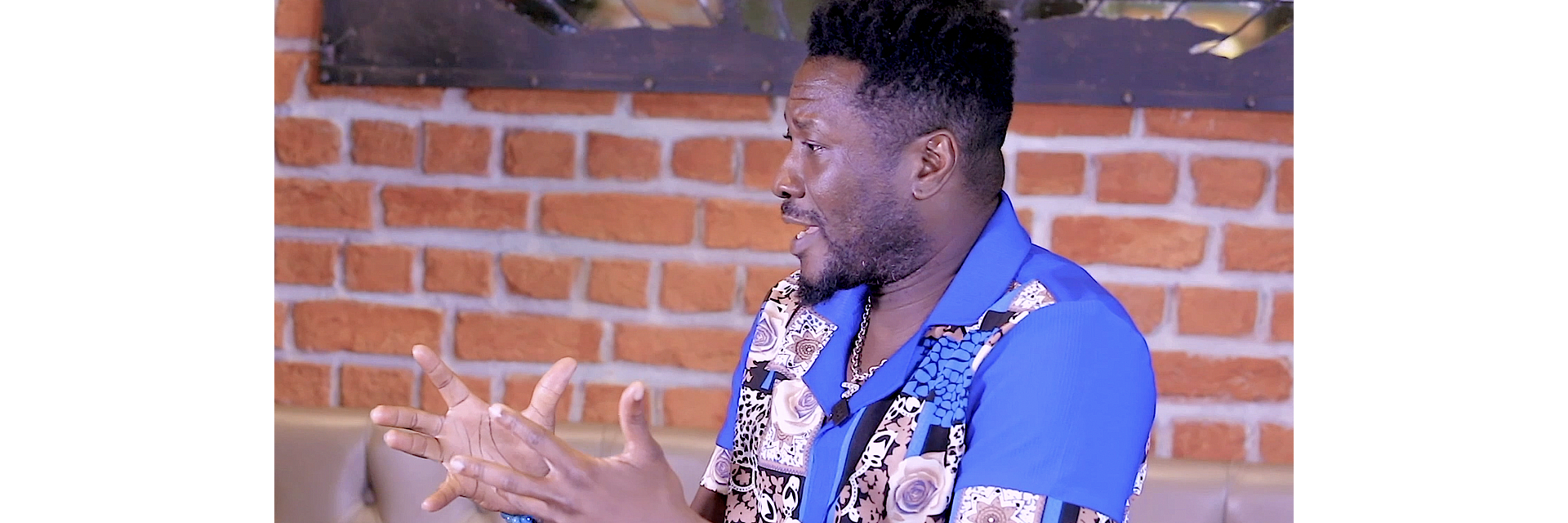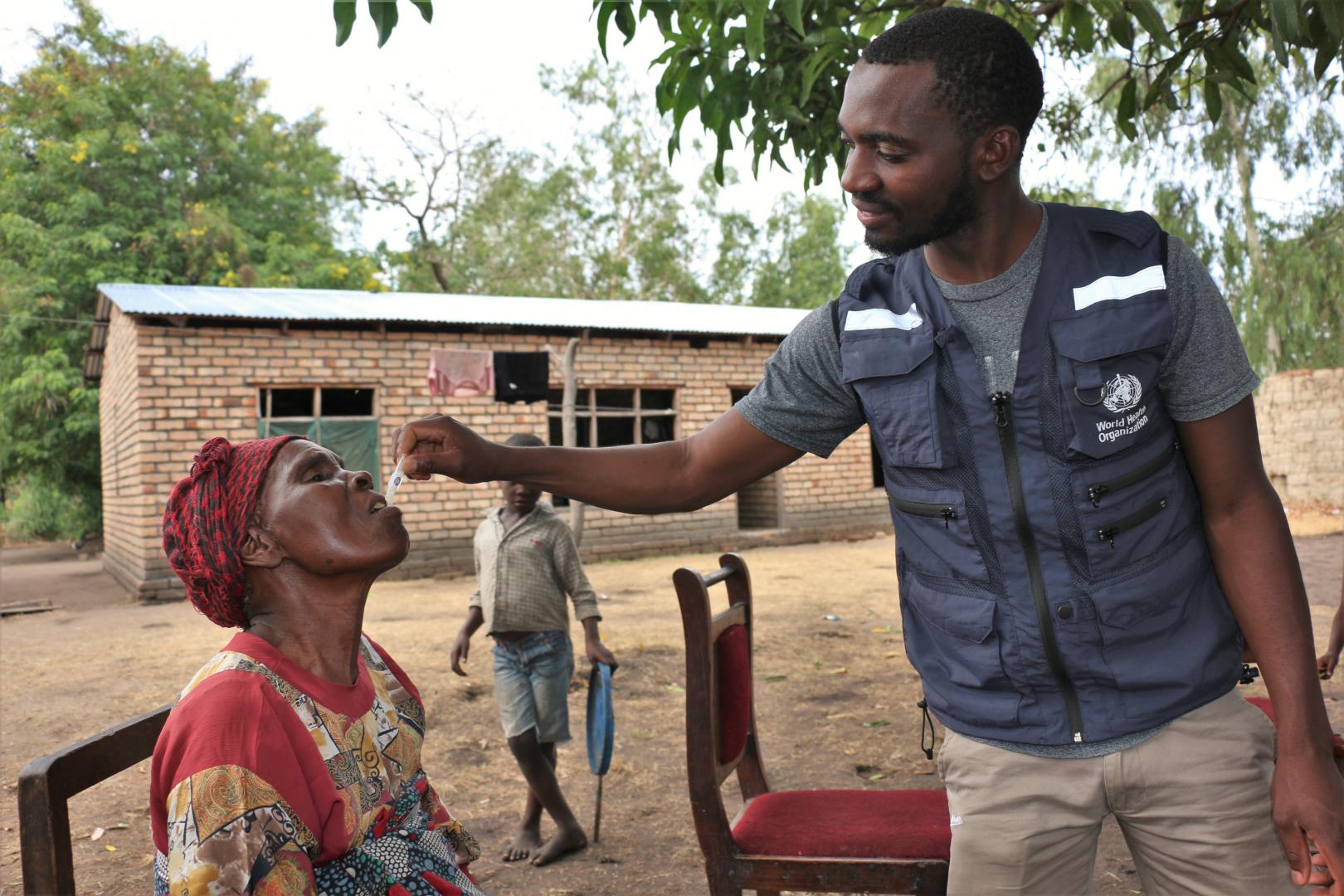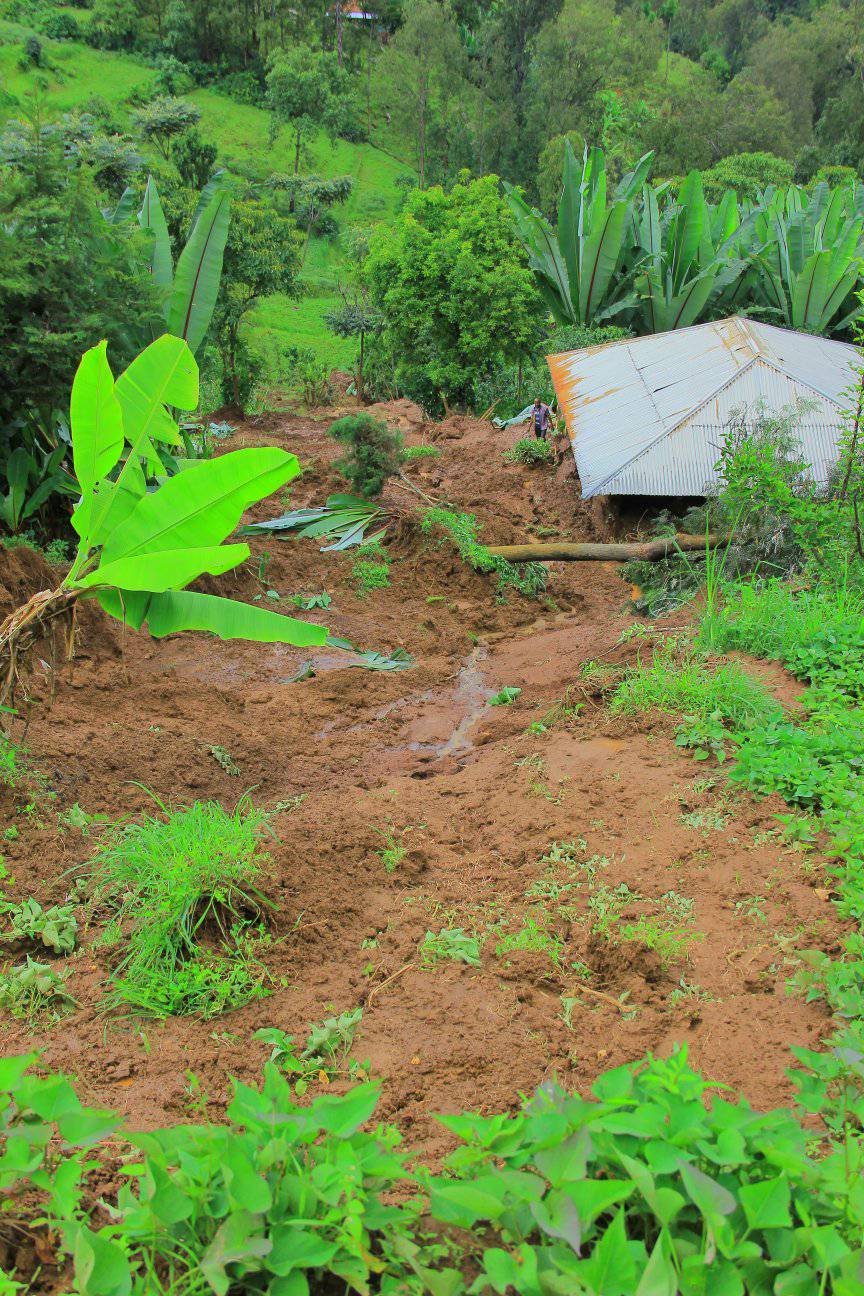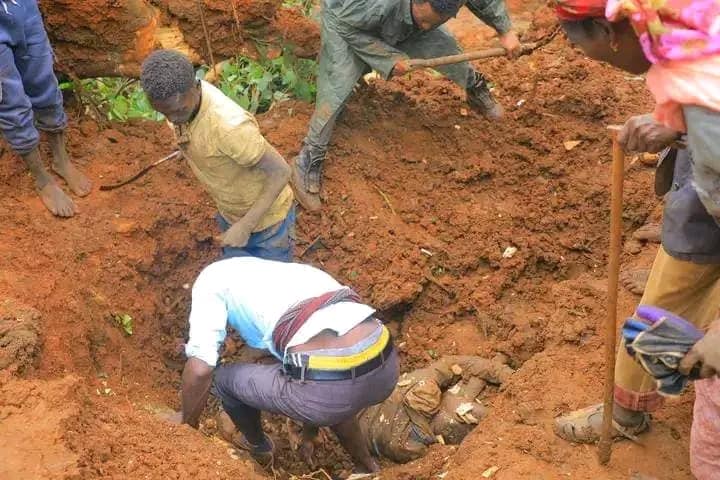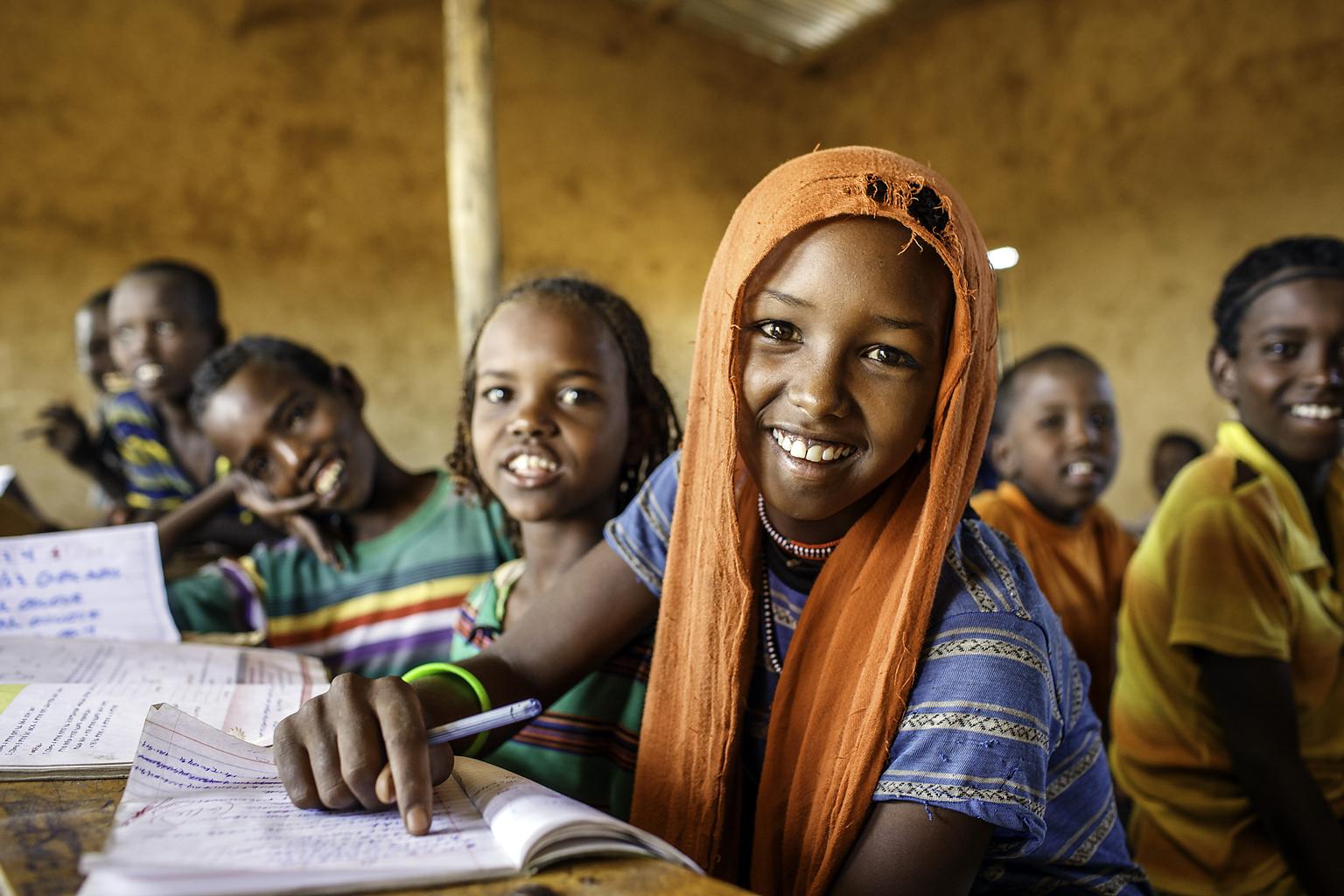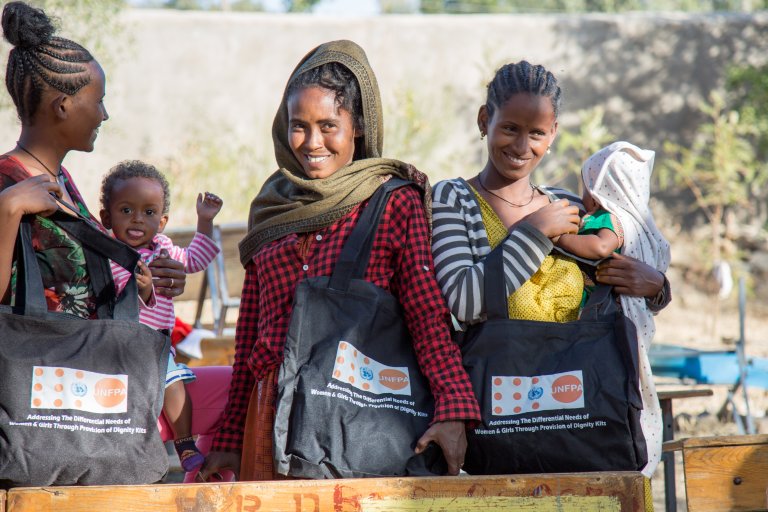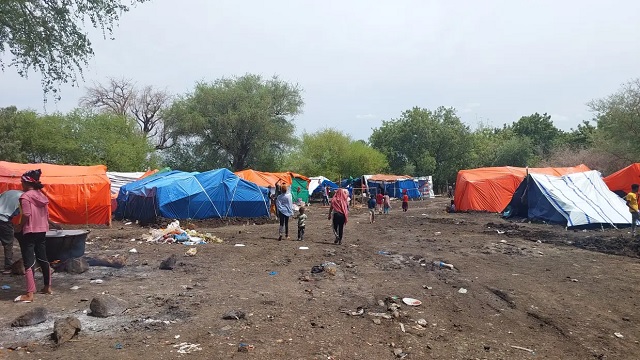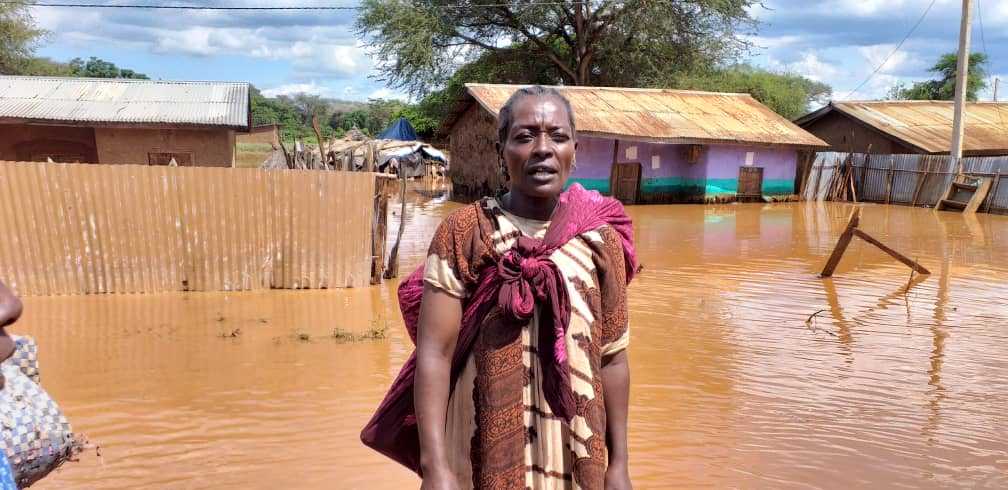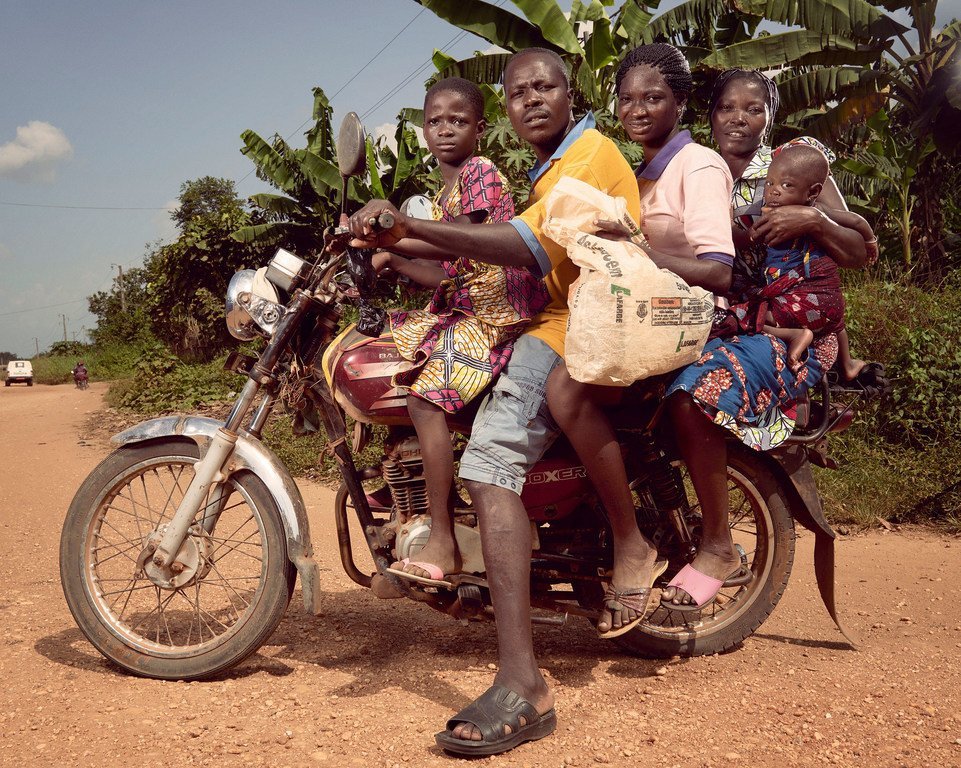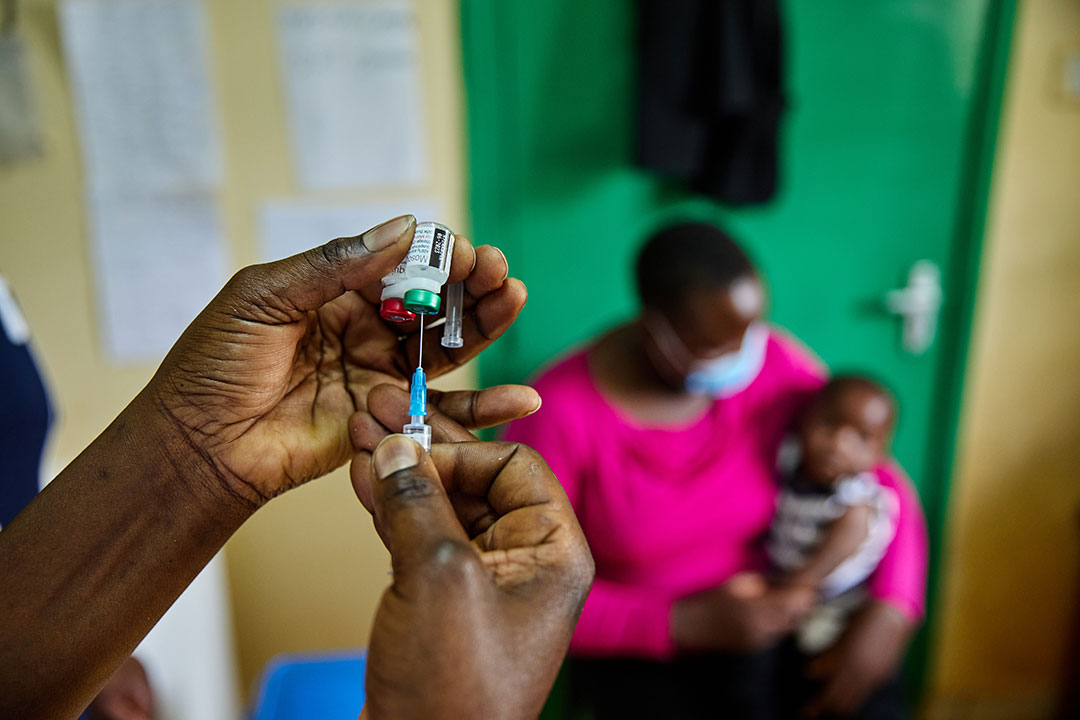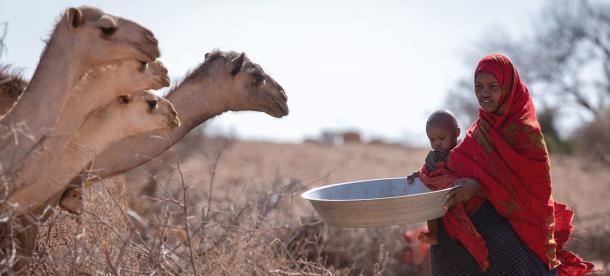
ADDIS ABABA: October 7 (EI) – A new study, published by the Refugee Studies Center, revealed that despite the contrasting basis on which Eritreans and Somalis have been selected to live in Addis Ababa, both communities face extreme precarity.
The newly published study, entitled “Refugee Economies in Addis Ababa: Towards Sustainable Opportunities for Urban Communities,” mainly examined the economic lives of the refugee communities and their interactions with the host community based on qualitative research and a survey of 2,441 refugees and members of the proximate host community.
Below is executive summary of the study:
Addis Ababa has only 22,000 registered refugees, out of a national refugee population of 900,000. They comprise two main groups: 17,000 Eritreans who are there on the socalled Out-of-Camp Policy (OCP) based on their capacity to be self-reliant, and 5,000 Somali refugees who are mainly there on the Urban Assistance Programme (UAP) because of specific vulnerabilities that cannot be met in camps. The UAP refugees receive financial assistance; the OCP refugees do not.
Based on qualitative research and a survey of 2,441 refugees and members of the proximate host community, we examine the economic lives of the refugee communities and their interactions with the host community. In this report, we draw upon the data to consider the prospects for a sustainable urban response in the context of Ethiopia’s adoption of the new Refugee Proclamation in 2019, which appears to provide refugees with the right to work and freedom of movement.
Despite the contrasting basis on which Eritreans and Somalis have been selected to live in Addis, and their very different levels of education, both communities face extreme precarity.
Prior to implementation of the new Proclamation, refugees have not been allowed to work or register businesses. 79 percent of Eritrean refugees and 93 percent of Somali refugees are unemployed. Even among those who work, average income levels are significantly lower than that of the proximate host community. Meanwhile, both populations have much worse welfare outcomes than hosts in terms of indicators like mental and physical health, and child school enrollment. The ‘mental health’ gap between refugees and the host community is especially striking, and requires further analysis.
Of the tiny minority who work, 86 percent of Eritreans are employees and 14 percent are self-employed, while 57 percent of Somalis are employees and 43 percent are self-employed. The top employment sectors for Somali refugees are cleaner/ maid, interpreter/translator, restaurant worker, hawking, and commerce. For Eritrean refugees they are beautician/ hairdresser, mechanic, daily laborer, teacher, and carpenter. Where refugee businesses do exist, they are usually unregistered, do not pay tax, were created without significant start-up capital, and rarely employ staff.
Given the absence of socio-economic rights and opportunities, refugees rely upon three sets of social networks: with hosts, other refugees, and transnational. Hosts are generally sympathetic to refugees and some self-identify as having the same ethnic background as refugees. Ethiopians often register businesses on behalf of refugees in return for a share of the profits. They also serve as citizen ‘guarantors’, vouching for the ability of refugees to support themselves, a regulatory condition for OCP status. Other refugees provide forms of mutual self-help, and those with limited means often pool resources, including by living together. Meanwhile, in the absence of work, many refugees are dependent upon remittances.
Both refugee communities feel a sense of boredom, idleness, and hopelessness. They regard the lack of economic opportunity as having a detrimental effect on their physical and mental health. In this context, most see no future in Ethiopia, and over 90% of refugees aspire to move onwards to Europe, North America, or Australia, although only 60% believe this is realistic, and an overwhelming majority would prefer to take legal rather than illegal migration routes.
Logically, there seem to be three ways to meet the aspirations of refugees in Addis. First, to give refugees both the legal right and the opportunity to work within Addis. Second, to create more legal pathways for migration or resettlement. Third, to create socio-economic opportunities, including jobs for refugees, elsewhere in Ethiopia. We suggest that each of these options present challenges but that each one may have a role to play. Existing funding sources such as the European Union Emergency Trust Fund for stability and addressing the root causes of irregular migration and displaced persons in Africa (EUTF for Africa), and the World Bank’s Economic Opportunities Programme intended to support refugees and host communities in Ethiopia, for example, could be used to support better socio-economic opportunities for refugees and hosts in Addis Ababa.
Developing a coherent urban refugee programme is important, we argue, because urban refugee numbers in Addis are likely to increase as a result of general trends in urbanization, the government’s commitment to expand OCP numbers, and the 2019 Refugee Proclamation’s apparent expansion of socio-economic freedoms. Refugees, the Ethiopian government, and the international community all have an interest in making urban refugee settlement sustainable.


